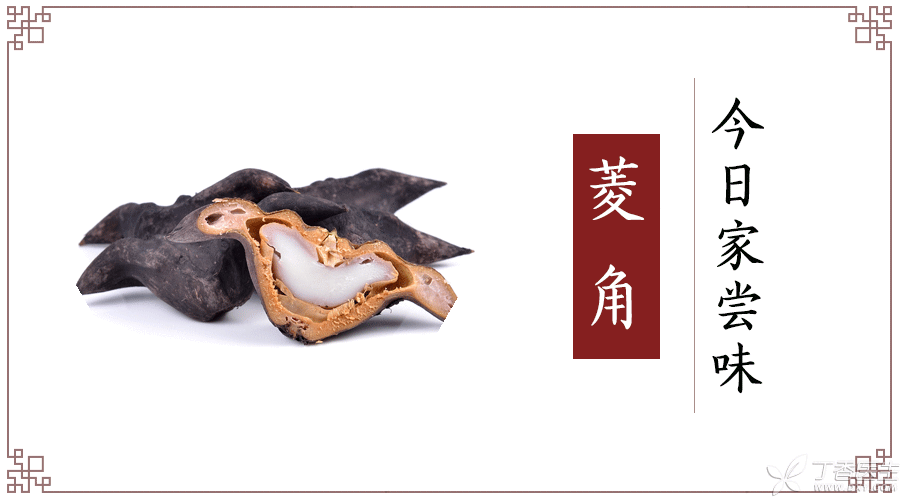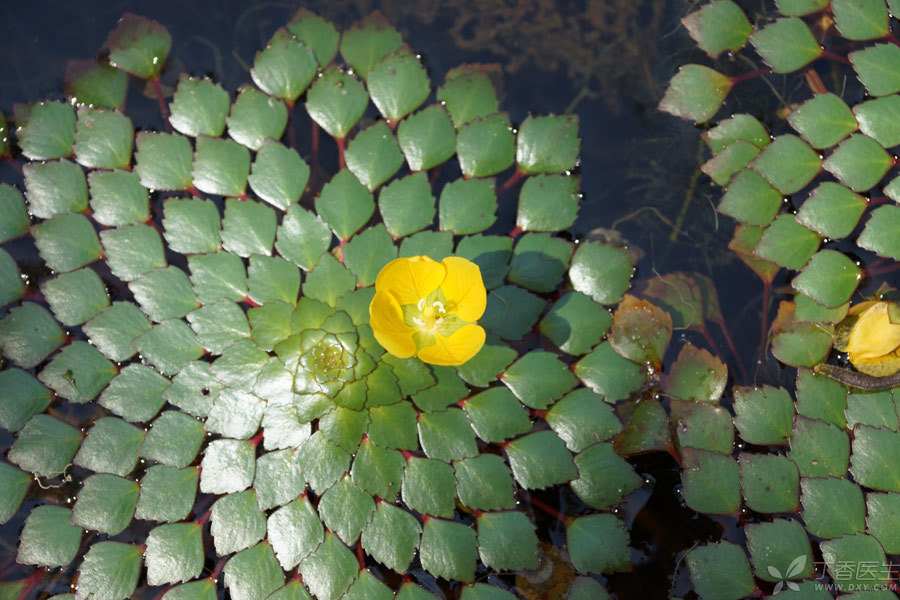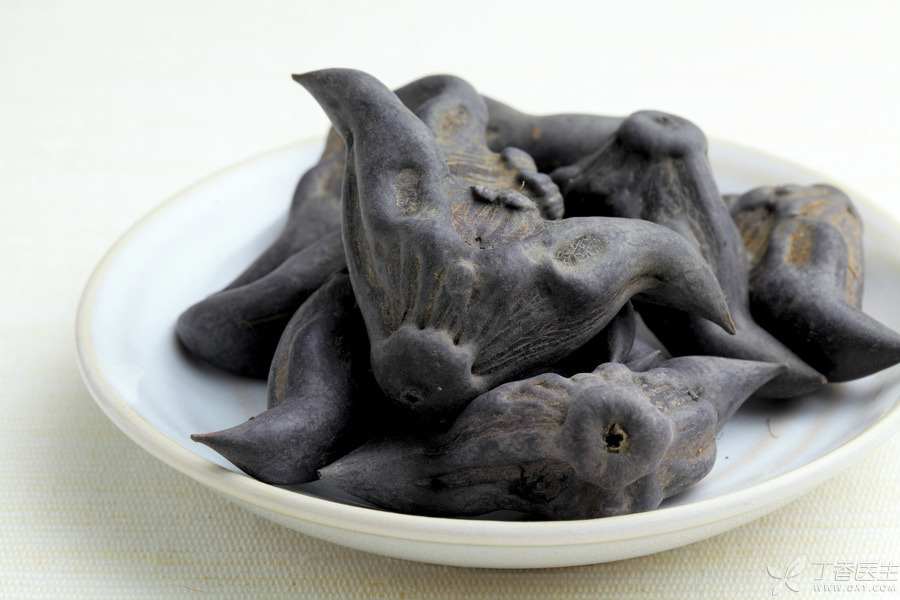
Every year in the early autumn season, a kind of food with pleasing appearance and sweet taste is served on people’s dining tables.
This is the water caltrop shaped like a silver ingot.
Ling grew up in the water, which is the memory of many people who lived by the river when they were young. It is often recalled that when I was a child when I dug lotus roots and collected Ling, the crisp laughter was always accompanied by the faint scent of water caltrop, which is unforgettable for a long time.
Aquatic purple silver ingot
Rhododendron is a floating plant, but not all of it floats on the water surface. Rhododendron’s roots are stuck in the mud at the bottom of the water, while its leaves float on the water surface, with slender and soft stems attached in the middle.
Pieces of diamond-shaped leaves float on the water surface, forming interesting patterns, which are very lovely.

The fruit of the rhomb, It is green before it is ripe. After it is ripe, some varieties of water chestnut still remain green, but most varieties will change into dark red and purplish red. The reason why it is called water chestnut is mainly because the fruit of the water chestnut has thorns and horns. Water chestnut has four horns, which are similar to iron briers in ancient battlefields and are easy to prick hands. There are also two horns of water chestnut, which is more like silver ingots.
At present, people eat more water caltrop with two horns.
Clear and Sweet Purple Silver Ingot
Water chestnut looks like silver ingot, which is pleasing and tastes very good. People discovered the delicacy of water chestnut long ago.
As early as the Zhou Dynasty, it was an important food in sacrificial ceremonies. < < Zhou Li > > once mentioned: [add the real, the preserved chestnut with thick sauce], and the ling in the middle refers to the water caltrop.
Now the food supply is more and more sufficient. People who do not live in water villages can also enjoy the delicious water chestnut.
Fresh water chestnut tastes crisp, with natural fragrance and light sweetness. The cooked water chestnut tastes similar to water chestnut and tastes crisp.
Water chestnut is rich in protein, with every 100g of water chestnut containing about 4.5 g of protein, which is comparable to some legume vegetables.
As a vegetable, water chestnut is also rich in dietary fiber. Eating it can help people obtain dietary fiber and prevent constipation.
The starch content of water caltrop is very high, about 21%, which is very close to chestnuts we often eat. Water caltrop can also be eaten after drying in the sun and is also very convenient to preserve.
It is also because of this that water chestnut can also provide energy for people. In ancient times when food was scarce, water chestnut was even an important food for people.
Therefore, it should also remind middle-aged and elderly friends who need to [shut up] that water caltrop is delicious, but they should not be greedy. In order to control the total energy, if they eat more water caltrop, they should eat less rice and other staple foods.

Recommended recipe: fried water chestnut with okra and lily
Before, Dr. Clove introduced okra and lily to everyone, which are also delicious when used with water chestnut.
Raw materials: okra, lily, water chestnut, red sweet pepper, a little seasoning.
Practice:
1. Cut a small opening with scissors, peel off the skin of water caltrop, and wash it for later use;
2. Wash the red sweet pepper and cut it into diamond pieces for later use;
3. Wash okra, cut off root pedicles, split it into two parts from the middle, and then split it into two parts from the middle for later use;
4. Peel fresh lily, form petals, wash it clean and blanch it for later use;
5. Pour a little edible oil into the pan, stir-fry ginger slices until fragrant, stir-fry water caltrop, okra and red sweet pepper, add a little water, stir-fry slightly over medium heat. Add salt, monosodium glutamate, and finally add lily to stir-fry slightly, and put out of the pan and put on a plate.
Warm Tip: Water chestnut skin is relatively hard, be careful not to hurt your hand when peeling. You can cut off the large horn at both ends of the water chestnut, and then use scissors to cut off the water chestnut skin transversely, then you can take out the water chestnut pulp.
